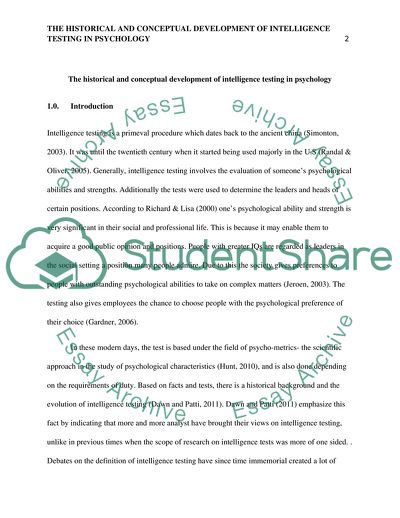Cite this document
(Critically discuss the historical and conceptual development of Coursework - 1, n.d.)
Critically discuss the historical and conceptual development of Coursework - 1. https://studentshare.org/psychology/1770185-critically-discuss-the-historical-and-conceptual-development-of-intelligence-testing-in-psychology
Critically discuss the historical and conceptual development of Coursework - 1. https://studentshare.org/psychology/1770185-critically-discuss-the-historical-and-conceptual-development-of-intelligence-testing-in-psychology
(Critically Discuss the Historical and Conceptual Development of Coursework - 1)
Critically Discuss the Historical and Conceptual Development of Coursework - 1. https://studentshare.org/psychology/1770185-critically-discuss-the-historical-and-conceptual-development-of-intelligence-testing-in-psychology.
Critically Discuss the Historical and Conceptual Development of Coursework - 1. https://studentshare.org/psychology/1770185-critically-discuss-the-historical-and-conceptual-development-of-intelligence-testing-in-psychology.
“Critically Discuss the Historical and Conceptual Development of Coursework - 1”. https://studentshare.org/psychology/1770185-critically-discuss-the-historical-and-conceptual-development-of-intelligence-testing-in-psychology.


